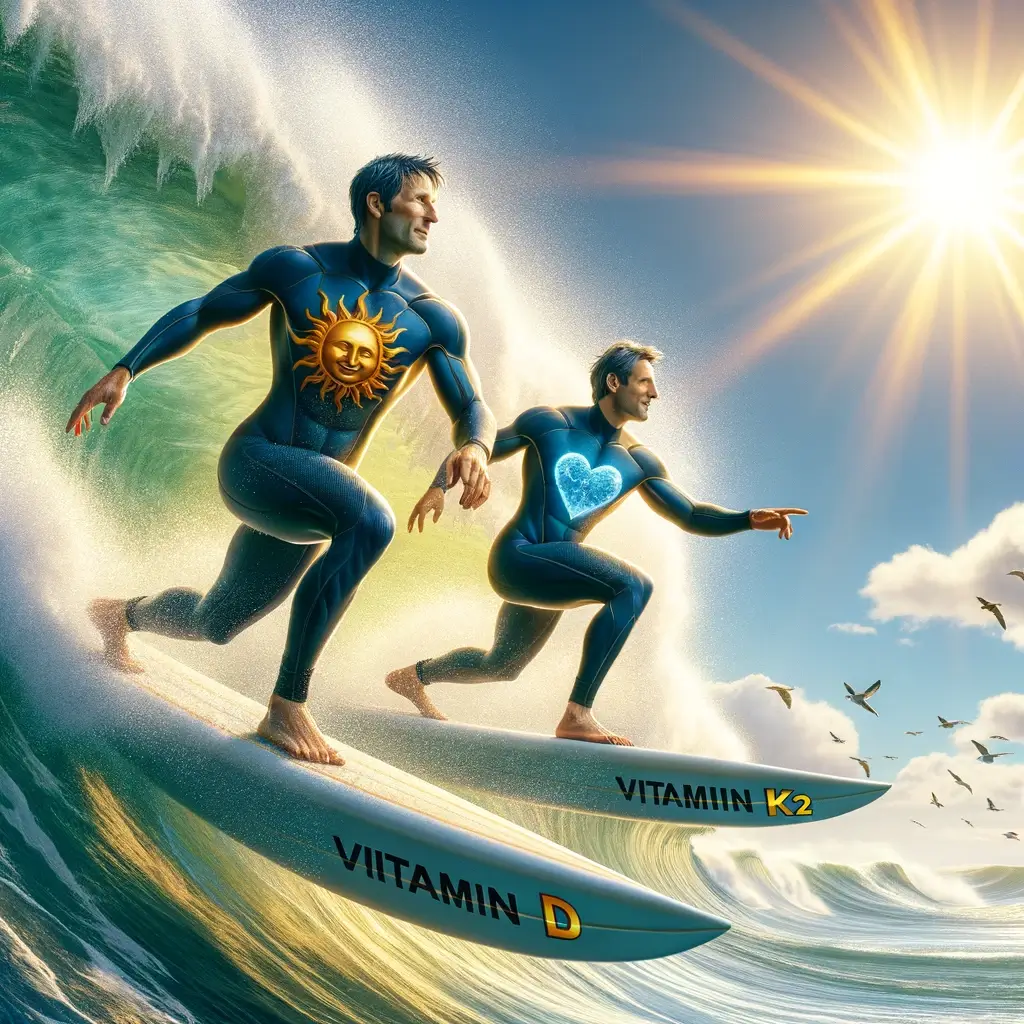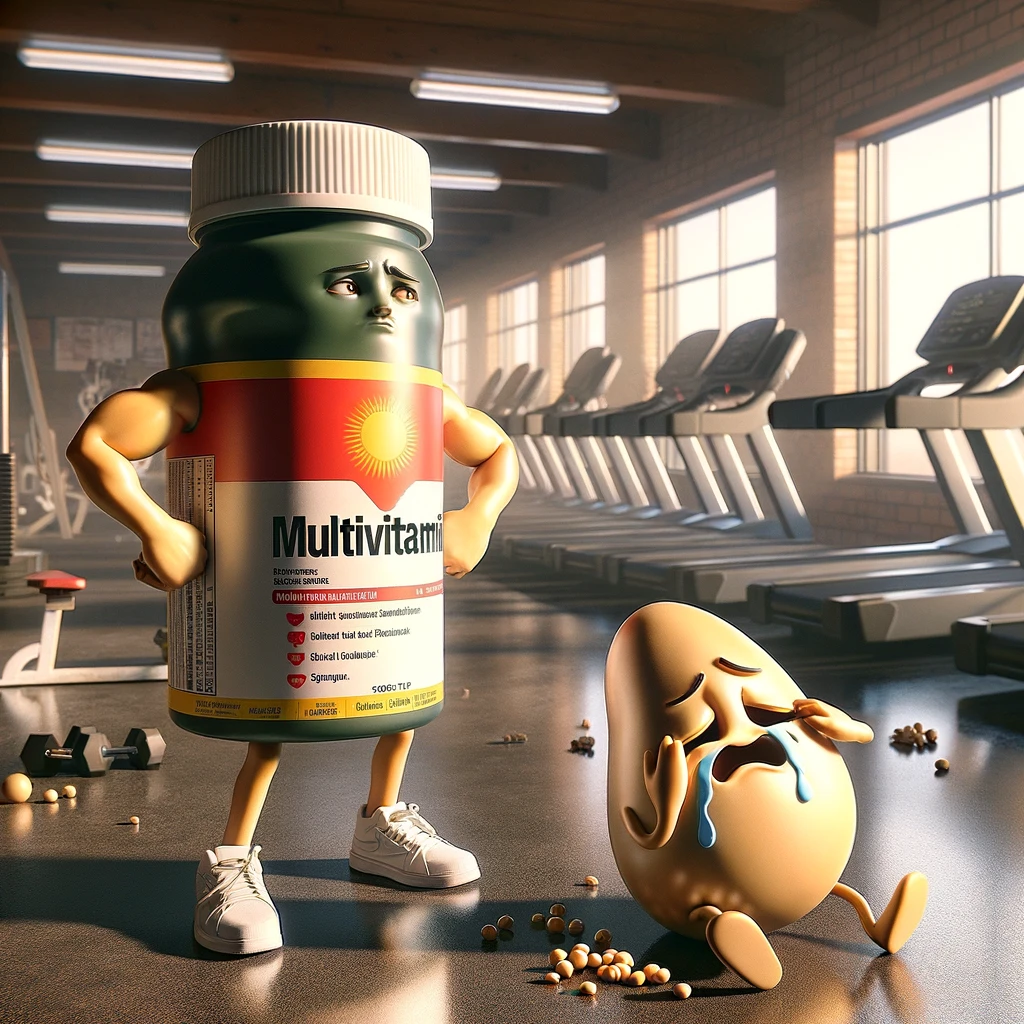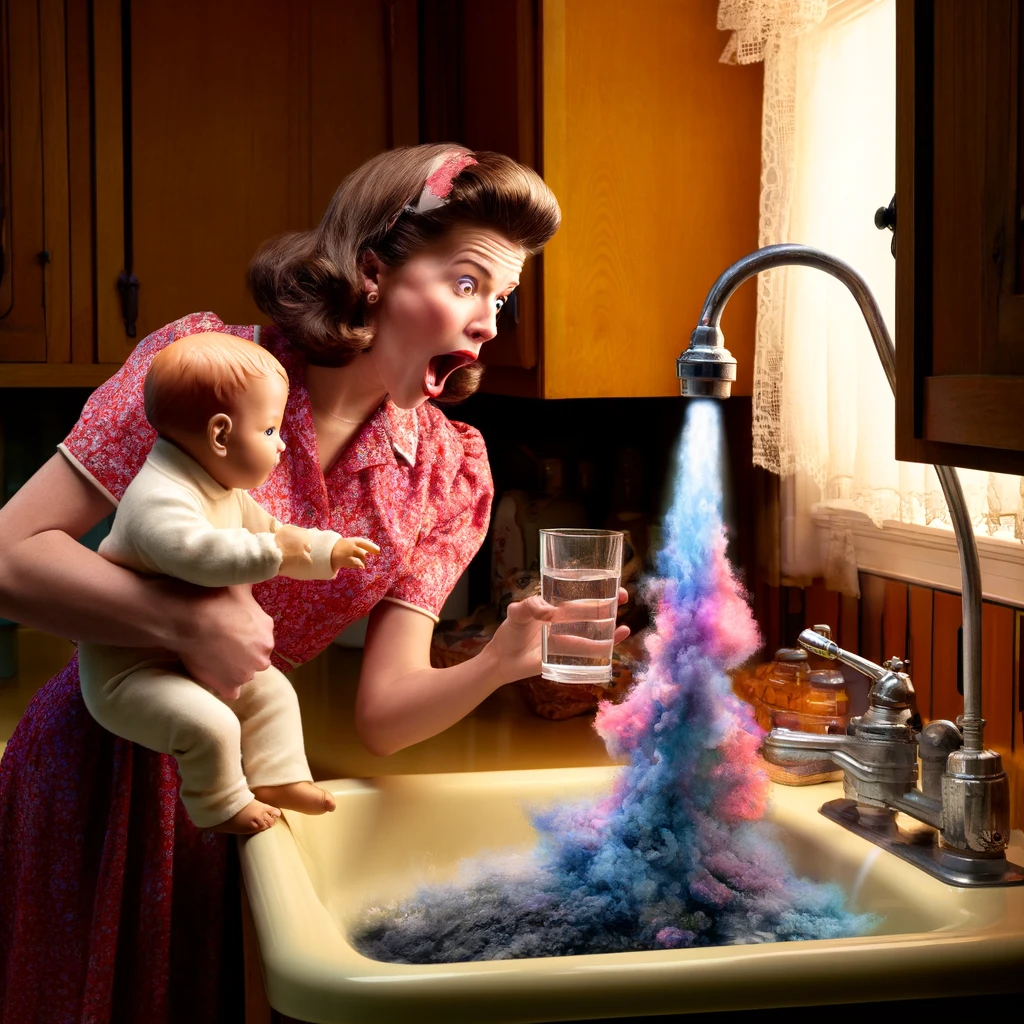Electrolytes are minerals that carry an electric charge and are essential for various bodily functions. They include sodium, potassium, calcium, magnesium, chloride, phosphate, and bicarbonate. These electrolytes are found in bodily fluids such as blood, sweat, and urine and are crucial for maintaining fluid balance, nerve signaling, muscle contraction, and pH balance. Mineral salts, often a source of electrolytes, are compounds composed of minerals that the body needs to perform optimally. They come from the food we eat and the fluids we drink, and their balance is vital for health and well-being.
Products That Have Helped Me
As an Amazon Associate I earn from qualifying purchases.
Banana each morning
Addition of mineral salt or electrolyte mix once daily.
Increase in dosage during high activity or during high temperatures.
Fluid Balance: Electrolytes help regulate body fluid levels, ensuring that there’s a balance between the fluids inside and outside of cells. This balance is crucial for hydration, nutrient transport, and waste removal.
Nerve Function: Electrolytes like sodium and potassium play key roles in nerve function by helping transmit nerve signals from one cell to another, crucial for muscle contractions, reflexes, and pain signaling.
Muscle Function: Calcium, potassium, and magnesium are essential for muscle contraction and relaxation. Imbalances in these electrolytes can lead to muscle cramps, weakness, and spasms.
Heart Health: Electrolytes are vital for maintaining heart rhythm. Potassium, in particular, helps regulate heart rate and blood pressure by counteracting the effects of sodium.
Bone Health: Calcium and phosphate are crucial for developing and maintaining strong bones and teeth. These minerals help prevent osteoporosis and other bone diseases.
Acid-Base Balance: Electrolytes like bicarbonate and phosphate help maintain the body’s pH balance, ensuring that bodily fluids are not too acidic or too alkaline, which is vital for metabolic processes.
Energy Production: Magnesium plays a pivotal role in energy production by activating ATP, the energy currency of the cell, supporting overall energy levels and metabolism.
Sodium (Hyponatremia)
- Headache
- Fatigue and low energy
- Confusion or cognitive impairment
- Muscle weakness and spasms
- Nausea and vomiting
- Seizures in severe cases
Potassium (Hypokalemia)
- Muscle weakness and cramps
- Fatigue
- Heart palpitations or irregular heartbeats
- Digestive problems
- Muscle aches and stiffness
- Tingling and numbness
Calcium (Hypocalcemia)
- Muscle cramps and spasms (particularly in hands and feet)
- Tingling or numbness in fingers
- Seizures
- Fatigue
- Confusion or memory problems
- Heart palpitations
Magnesium (Hypomagnesemia)
- Muscle cramps and spasms
- Mental disorders such as apathy, which can progress to delirium or coma
- Osteoporosis
- Fatigue and muscle weakness
- High blood pressure
- Irregular heartbeat
Chloride (Hypochloremia)
- Fluid loss (dehydration)
- Difficulty breathing
- Fluid imbalance
- Weakness or fatigue
It’s important to note that symptoms can vary widely and may affect different parts of the body. Electrolyte imbalances can be caused by a variety of factors, including prolonged vomiting or diarrhea, excessive sweating, certain medications, kidney problems, or an inadequate diet. If you experience symptoms of an electrolyte imbalance, it’s important to seek medical attention, as correcting the imbalance often requires identifying and addressing the underlying cause. Treatment typically involves dietary adjustments, supplementation, or intravenous fluids and electrolytes, depending on the severity of the imbalance.
There are several other effective ways to increase electrolytes in the body, especially for maintaining fluid balance, nerve function, and muscle function. Here are some strategies:
Electrolyte-Enhanced Water: There are many brands of water that have added electrolytes. These can be particularly beneficial during intense exercise or in hot climates when you’re sweating more and losing minerals faster.
Sports Drinks: Sports drinks are formulated to help replenish fluids and electrolytes lost during high-intensity activities. They typically contain sodium, potassium, and magnesium. However, be mindful of their sugar content if you’re consuming them outside of intense physical activities.
Dietary Supplements: Electrolyte supplements come in various forms, including tablets, powders, and gels. These can be a quick way to replenish electrolytes, but it’s important to use them according to the label instructions to avoid imbalances.
Salted Foods: Sodium is one of the primary electrolytes lost through sweat. Consuming salted snacks or adding a little extra salt to your meals can help replace lost sodium. However, it’s important to balance sodium intake with other electrolytes and not overconsume it, especially if you have hypertension or heart disease.
Vegetables: Many vegetables are good sources of electrolytes. Leafy greens like spinach and kale are high in potassium and magnesium. Other vegetables like sweet potatoes, potatoes, and beets also provide these essential minerals.
Nuts and Seeds: Almonds, peanuts, cashews, and seeds like pumpkin, chia, and flaxseeds are excellent sources of magnesium, an important electrolyte for muscle and nerve function.
Legumes: Beans and lentils are not only high in fiber and protein but also a good source of magnesium and potassium.
Dairy Products: Milk and yogurt are good sources of calcium, which is crucial for muscle function and bone health. They also provide other electrolytes like potassium and magnesium.
Bone Broth: Rich in minerals, including magnesium, sodium, potassium, and calcium, bone broth is a comforting way to replenish electrolytes, especially if you’re not feeling well.
Hydration Strategy: Simply drinking enough water is crucial for maintaining electrolyte balance. Being well-hydrated helps your body naturally manage electrolytes. However, remember that overhydration can dilute your body’s electrolytes, so balance is key.
Balance with Diet: A balanced diet rich in a variety of foods can naturally ensure an adequate intake of electrolytes. Focusing on whole foods rather than processed ones can help maintain this balance.
Mindful Alcohol Consumption: Alcohol can dehydrate your body and deplete electrolytes. If you consume alcohol, do so in moderation and make sure to hydrate with water or electrolyte-rich drinks.
Bananas: Rich in potassium, bananas help regulate fluid balance, muscle contractions, and nerve signals. They’re also a good source of magnesium, which is vital for muscle and nerve function, blood sugar levels, and blood pressure regulation.
Coconut Water: Often referred to as nature’s sports drink, coconut water is an excellent source of potassium, magnesium, sodium, and calcium. These electrolytes help replenish lost fluids and minerals, making it a great hydrator.
Avocados: Avocados are incredibly high in potassium, even more so than bananas. They also contain magnesium and are a good source of healthy fats, which can help with nutrient absorption.
Watermelon: This refreshing fruit is not only high in water content but also contains a good amount of potassium, magnesium, and sodium. It’s perfect for hydration and replenishing electrolytes lost through sweat.
Oranges: Oranges and other citrus fruits are well known for their vitamin C content, but they also provide potassium and magnesium. Orange juice is a popular way to hydrate and replenish electrolytes post-exercise.
Dates: Dates are a great source of potassium. They also contain a small amount of magnesium and are high in fiber and natural sugars, providing a quick energy boost.
Kiwi: Kiwi fruit is rich in potassium and also provides a small amount of magnesium. It’s also high in vitamin C and dietary fiber.
Dried Fruits: Such as raisins, apricots, and prunes, are concentrated sources of nutrients, including potassium and magnesium. They’re a great portable option for a quick electrolyte and energy boost.
Tomatoes: While not often thought of as a fruit in culinary terms, tomatoes are a good source of potassium, and tomato juice is a popular beverage for replenishing electrolytes.
Berries: Berries, including strawberries, raspberries, and blackberries, contain fair amounts of potassium and magnesium. They’re also high in antioxidants and vitamins.
Drug interactions with electrolytes can lead to changes in electrolyte levels, affecting their balance in the body. Such interactions can either cause electrolyte levels to rise (hyper-) or fall (hypo-), leading to potential health issues. Here are some common drug interactions that can affect electrolyte balance:
Diuretics
- Thiazide and Loop Diuretics: Increase the excretion of sodium and potassium, potentially leading to hypokalemia (low potassium levels). They can also affect calcium and magnesium levels.
- Potassium-sparing Diuretics: Decrease the excretion of potassium, which can lead to hyperkalemia (high potassium levels).
Laxatives
- Prolonged use can lead to excessive loss of sodium, potassium, and chloride, causing dehydration and electrolyte imbalances such as hypokalemia.
Corticosteroids
- Can lead to increased excretion of potassium, causing hypokalemia, and increase sodium and water retention, potentially leading to hypertension and edema.
ACE Inhibitors and Angiotensin II Receptor Blockers (ARBs)
- Can increase potassium levels, leading to hyperkalemia, especially when taken with potassium supplements or potassium-sparing diuretics.
Antacids and Laxatives Containing Magnesium
- Can lead to hypermagnesemia (high magnesium levels), particularly in individuals with renal impairment.
Lithium
- Affects renal handling of sodium, which can lead to hyponatremia (low sodium levels). Lithium levels can also be affected by changes in sodium levels, leading to potential toxicity.
Insulin
- Can drive potassium into cells, potentially leading to hypokalemia, especially in the treatment of diabetic ketoacidosis.
Antibiotics
- Certain antibiotics, such as Amphotericin B, can lead to potassium and magnesium loss, while others like Tetracyclines and Fluoroquinolones can be associated with disturbed magnesium levels.
Chemotherapy Drugs
- Some chemotherapy agents can affect electrolyte levels, such as Cisplatin, which can lead to hypomagnesemia and hypokalemia.
NSAIDs (Nonsteroidal Anti-Inflammatory Drugs)
- Can lead to sodium and water retention and reduce kidney function, affecting potassium excretion.
Digitalis Glycosides
- Hypokalemia can increase the toxicity of digitalis glycosides, used in treating heart conditions.
It’s important for individuals taking these medications to be monitored for electrolyte imbalances. Symptoms of imbalance should be reported to a healthcare provider promptly. Managing drug interactions with electrolytes often involves adjusting the dosage of the medication, switching to a different drug, or supplementing the affected electrolyte under medical supervision to maintain balance and prevent complications.







































